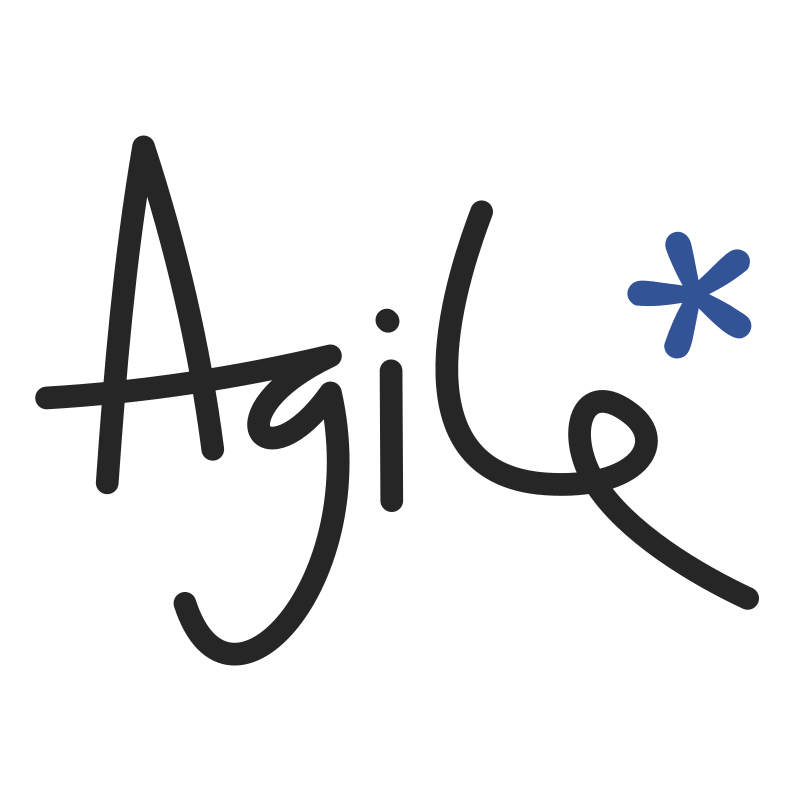No secret codes: announcing the winners
/The SEG / Agile / Enthought Machine Learning Contest ended on Tuesday at midnight UTC. We set readers of The Leading Edge the challenge of beating the lithology prediction in October's tutorial by Brendon Hall. Forty teams, mostly of 1 or 2 people, entered the contest, submitting several hundred entries between them. Deadlines are so interesting: it took a month to get the first entry, and I received 4 in the second month. Then I got 83 in the last twenty-four hours of the contest.
How it ended
| Team | F1 | Algorithm | Language | Solution | |
|---|---|---|---|---|---|
| 1 | LA_Team (Mosser, de la Fuente) | 0.6388 | Boosted trees | Python | Notebook |
| 2 | PA Team (PetroAnalytix) | 0.6250 | Boosted trees | Python | Notebook |
| 3 | ispl (Bestagini, Tuparo, Lipari) | 0.6231 | Boosted trees | Python | Notebook |
| 4 | esaTeam (Earth Analytics) | 0.6225 | Boosted trees | Python | Notebook |
The winners are a pair of graduate petroelum engineers, Lukas Mosser (Imperial College, London) and Alfredo de la Fuente (Wolfram Research, Peru). Not coincidentally, they were also one of the more, er, energetic teams — it's say to say that they explored a good deal of the solution space. They were also very much part of the discussion about the contest on GitHub.com and on the Software Underground Slack chat group, aka Swung (you're in there, right?).
I will be sending Raspberry Shakes to the winners, along with some other swag from Enthought and Agile. The second-place team will receive books from SEG (thank you SEG Book Mart!), and the third-place team will have to content themselves with swag. That team, led by Paolo Bestagini of the Politecnico di Milano, deserves special mention — their feature engineering approach was very influential, being used by most of the top-ranking teams.
Coincidentally Gram and I talked to Lukas on Undersampled Radio this week:
Back up a sec, what the heck is a machine learning contest?
To enter, a team had to predict the lithologies in two wells, given wireline logs and other data. They had complete data, including lithologies, in nine other wells — the 'training' data. Teams trained a wide variety of models — from simple nearest neighbour models and support vector machines, to sophisticated deep neural networks and random forests. These met with varying success, with accuracies ranging between about 0.4 and 0.65 (i.e., error rates from 60% to 35%). Here's one of the best realizations from the winning model:
One twist that made the contest especially interesting was that teams could not just submit their predictions — they had to submit the code that made the prediction, in the open, for all their fellow competitors to see. As a result, others were quickly able to adopt successful strategies, and I'm certain the final result was better than it would have been with secret code.
I spent most of yesterday scoring the top entries by generating 100 realizations of the models. This was suggested by the competitors themselves as a way to deal with model variance. This was made a little easier by the fact that all of the top-ranked teams used the same language — Python — and the same type of model: extreme gradient boosted trees. (It's possible that the homogeneity of the top entries was a negative consequence of the open format of the contest... or maybe it just worked better than anything else.)
What now?
There will be more like this. It will have something to do with seismic data. I hope I have something to announce soon.
I (or, preferably, someone else) could write an entire thesis on learnings from this contest. I am busy writing a short article for next month's Leading Edge, so if you're interested in reading more, stay tuned for that. And I'm sure there wil be others.
If you took part in the contest, please leave a comment telling about your experience of it or, better yet, write a blog post somewhere and point us to it.

































 Except where noted, this content is licensed
Except where noted, this content is licensed